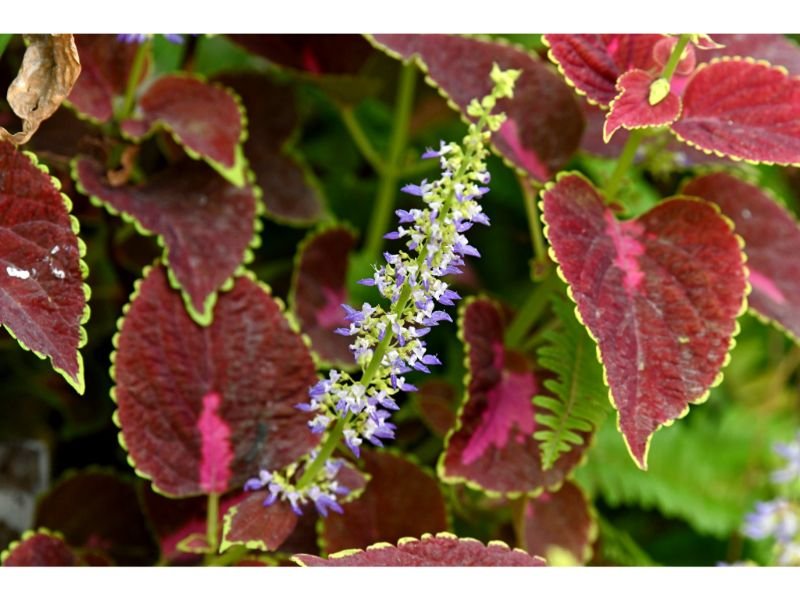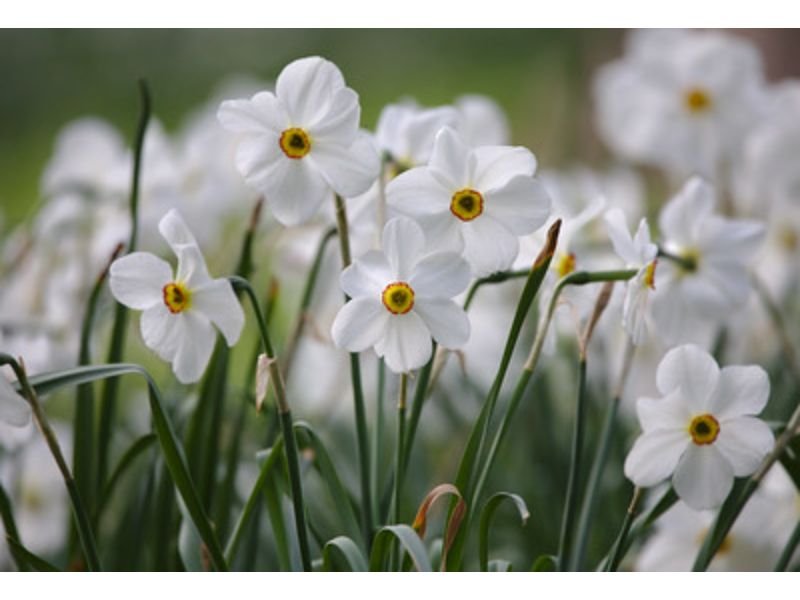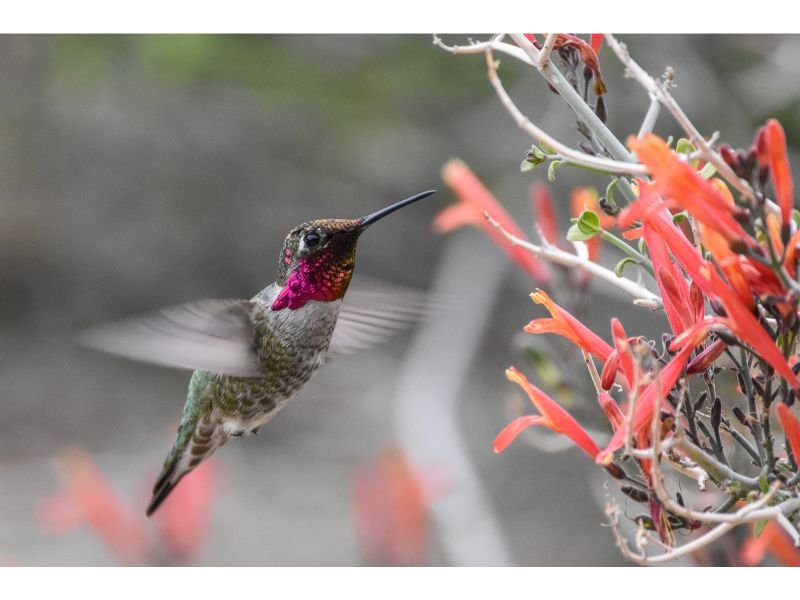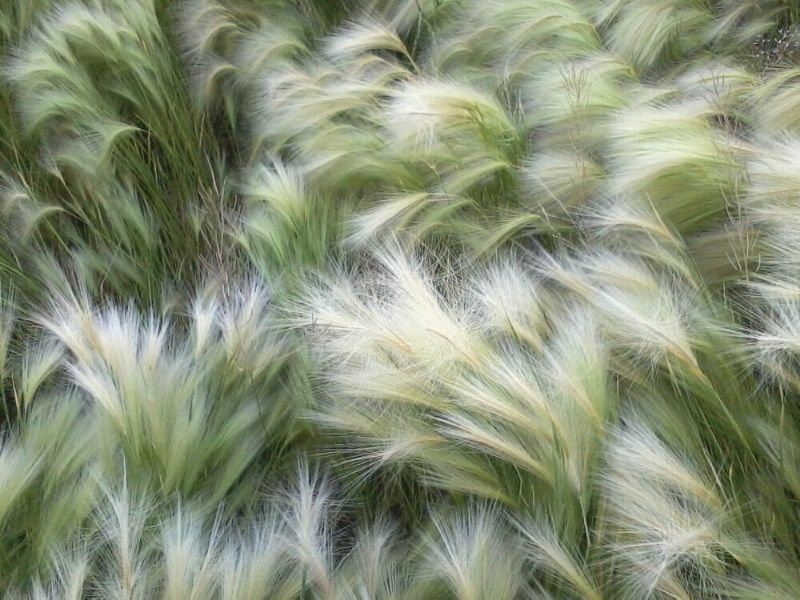It’s time to change your gardening game with a purple-leaf flowering plant that is a sight to behold. Their unique and striking hues sets them apart from the usual greenery of a garden, drawing whoever’s attention with their captivating and rich color. Here are our best picks for flowering plants with purple foliage that are sure to make your garden a showstopper, ranked based on their blooms’ color.
Table of Contents
Purple Leaf Plant with Pink Flowers
Chinese Fringe Flower (Loropetalum chinense)

USDA Zones: 7 to 9
Flower Size and Shape: Less than 1 inch (2.5 centimeters), trumpet-shaped
Blooming Period: Spring
We start the list with the evergreen or semi-evergreen perennial Chinese fringe flower. This purple-leaf flower plant is an eye-catching addition that is accompanied by clusters of pink, red, or deep magenta blossoms. To make them grow as happy plants, it’s essential to provide them with high organic matter, and loamy or clay soil that holds moisture. This plant is easy to maintain and can thrive as small to medium-sized shrubs for those who love indoor gardening.
Coral Bells (Heuchera)

USDA Zones: 3 to 9
Flower Size and Shape: Less than 1 inch (2.5 centimeters), bell-shaped
Blooming Period: Summer
Most plant enthusiasts treat coral bells as fantastic lobed-shaped foliage that slightly changes colors throughout the seasons. Still, they’re often missing out on the plant’s stunning blossoms that grow upright. The flower color of this purple leaf flowering plant varies on each cultivar. They need a regular watering schedule to keep their soil moist. Coral bells tolerate full sun but are more fond to be grown in areas with shady and dappled light.
Purple Heart (Tradescantia pallida ‘Purple Heart’)

USDA Zones: 7 to 11
Flower Size and Shape: Less than 1 inch (2.5 centimeters), triangular-shaped
Blooming Period: Summer
Also marketed as Moses in the Basket, this plant is easy to identify by its narrow, elliptical-shaped, dark purple foliage that resembles a shape of a Moses basket. If you’re interested in planting purple hearts, this plant is a fan of bright, direct light, and is incredibly easy to take care of. They tolerate shady areas as well, however, the foliage color tends to be greener when planted in such areas.
Purple Foliage Plant with Blue Blooms
Coleus (Coleus scutellarioides)

USDA Zones: 10 to 11
Flower Size and Shape: Less than 1 inch (2.5 centimeters), raceme-shaped
Blooming Period: Fall through summer
Coleus is a member of all-time-favorite houseplants not only for their low maintenance but also for their visual tolerance to areas with very low light. When it comes to watering, this purple leaf flowering plant needs its soil to be in constant moisture, and it might need more watering especially if thriving in warmer areas. As a native to warmer temperate, coleus is very sensitive to frost and is likely to go dormant in winter.
Purple-leaved Plant with Yellow Blossoms
Echeveria (Echeveria)

USDA Zones: 9 to 12
Flower Size and Shape: Less than 1 inch (2.5 centimeters), tubular-shaped
Blooming Period: Spring through summer
Succulents like echeveria are great for those who crave indoor houseplants with minimum maintenance. Like its counterparts, this purple-leaf flowering plant produces fleshy, rosette-shaped foliage to help them adapt in areas where water is scarce. Echeveria goes along with not only yellow but also bright pink flowers that are attractive to bees and butterflies.
Emerald Ripple Peperomia (Peperomia caperata)

USDA Zones: 10 to 12
Flower Size and Shape: About 1 to 3 inches (2.5 to 7.6 centimeters), upright spike-shaped
Blooming Period: Fall through summer
This native to Brazil perennial purple-leaved plant is ideal for those with limited growing space. The emerald ripple peperomia rather be in shady or low-light areas, and too much exposure to direct light can cause damage to their delicate dark purple foliage. Keep control of pests like mealybugs, aphids, and mites who love to munch on their foliage and stem by controlling the amount of water intake. The best time for watering is when the first 50% of the topsoil is dry, so don’t wait until it completely dries out.
Purple Creeping Woodsorrel (Oxalis corniculata)

USDA Zones: 4 to 8
Flower Size and Shape: Less than 1 inch (2.5 centimeters), trumpet-shaped
Blooming Period: Spring to summer
Identical to the emerald ripple peperomia, this annual or short-lived perennial is also a shady areas-hobby. They do best in sandy or loamy soil with a proper composition of high organic matter to thrive. If you’re interested in incorporating this plant into your nursery, take note to keep them away from children and pets as they contain toxic chemical compounds such as soluble sodium oxalates.
Purple Foliage Plant with Innocent White Flowers
Upright Calico Plant (Alternanthera dentata)

USDA Zones: 9 to 11
Flower Size and Shape: Less than 1 inch (2.5 centimeters), raceme-shaped
Blooming Period: Summer
This gorgeous purple-leaf flowering plant is often grown as a houseplant for its eye-catching foliage rather than its blossoms. They mostly stay compact and need regular watering along with an addition of regular misting to keep them moist and hydrated. Loamy and well-drained soil is the upright calico plant’s favorite place to thrive.
False Shamrock (Oxalis triangularis)

USDA Zones: 7 to 11
Flower Size and Shape: Less than 1 inch (2.5 centimeters), funnel-shaped
Blooming Period: Fall through summer
The false shamrock is a decorative plant that is notable for its triangle-shaped foliage and tiny purplish-white or white flowers that create a pleasing color contrast. You need to keep them in an area where the minimum and maximum temperature is between 60 to 70°F (15 to 21°C). They also like growing in sandy or loamy soil that is well-drained and not soaked.
Purple Beefsteak Plant (Perilla frutescens)

USDA Zones: 10 to 11
Flower Size and Shape: Less than 1 inch (2.5 centimeters), bell-shaped
Blooming Period: Fall through summer
Yes, you read that right. The last purple-leaf flowering plant is known as the purple beefsteak plant! Not because of their taste, but because of this plant’s red variety appearance, which produces a red hue that is as red as a beef steak. The maintenance regime for this plant is fairly easy, and providing full, direct light is predominant for this annual plant’s growth. The purple beefsteak plant is a fan of well-drained soil with high organic matter.
Why Is My Purple Leaf Flowering Plant Not Blooming?
You know there might be something wrong where a plant that should be flowering doesn’t show its blossoms at all. What is likely the cause of unblooming in a purple leaf flowering plant then?
There are numerous reasons why a purple leaf flowering plant is not blooming, and the most common cause is lack of light. Depending on its species and cultivars, most flowering plants need at least a daily 6 hours of light to produce blooms. If it’s not receiving enough sunlight, the plant may produce more foliage than flowers.
Another possible issue is nutrient deficiency. If the soil lacks three main essential nutrients, that is nitrogen, phosphorus, and potassium, it would be harder for the flowering purple-leaved plants to produce flowers as usual. Both under-watering and over-watering, along with aggressively pruning most parts of the flowering plants also impact the plant’s ability to produce blooms. Make sure to water on time and do a deep inspection of how much you need to cut back the plants.
Final Thoughts
You can say goodbye to the usual green-leaved flowering plants and thriving purple-leaved flowering plants instead. Not only are they unique and eye-catching, but most of these plants are also unchallenging when it comes to maintenance. With proper care and attention to major factors such as sunlight and watering, you can make sure the purple leaf flowering plant produces beautiful blooms they are capable of!

New author in the hood. Loves gardening and flowers are my spirit animals (yes I know they are not animals but I insist). I will be covering most of the flowers’ topics here and occasionally random though as well.






